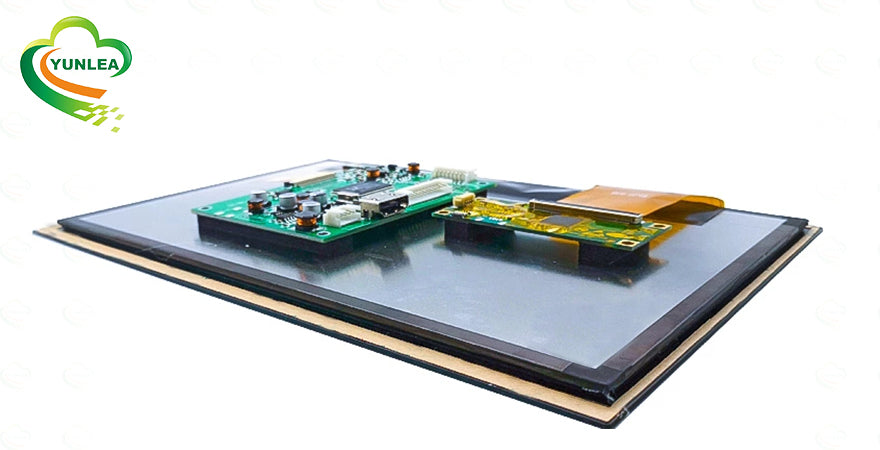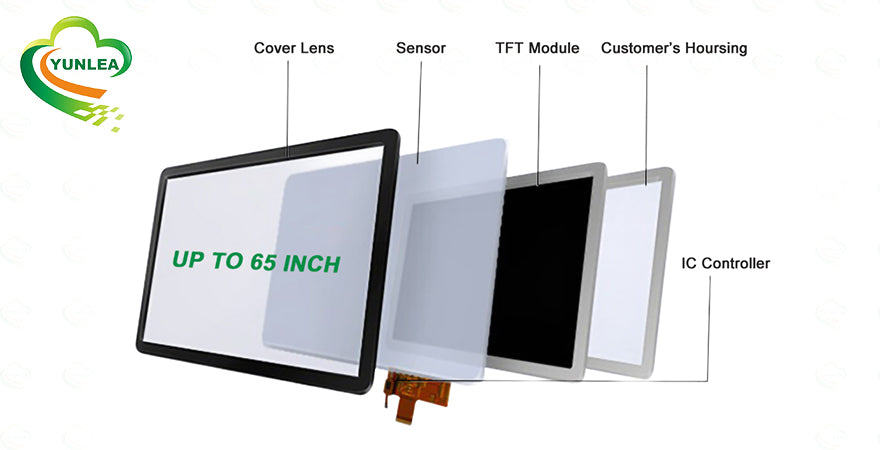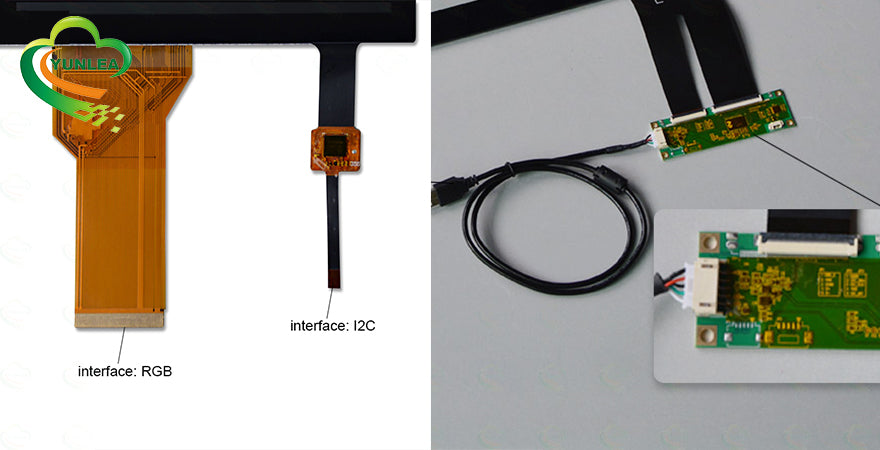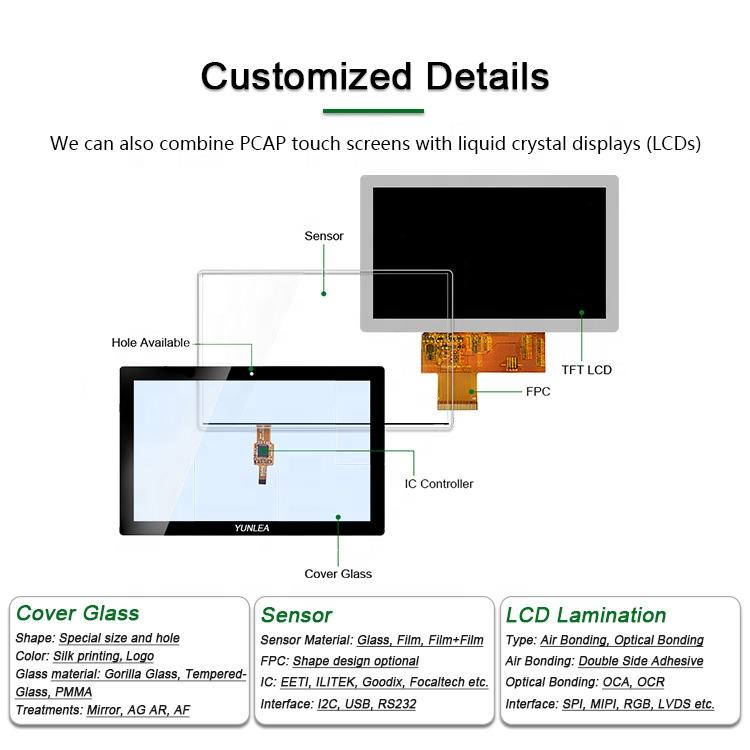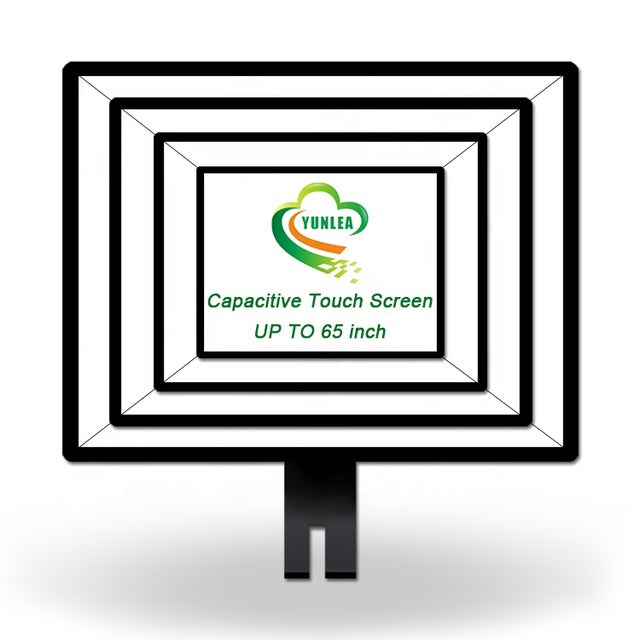How to Select Optimal Cover Glass Thickness for Different Touchscreen Applications
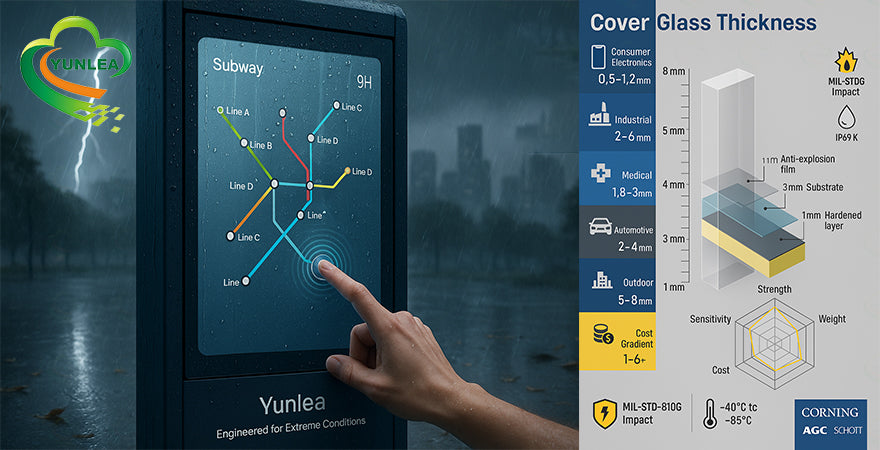
Cover glass thickness critically impacts touchscreen durability, touch sensitivity, weight, and optical performance. Selecting the optimal thickness requires balancing application-specific demands, environmental factors, and user interaction patterns. This guide outlines tailored solutions for diverse industries.
1. Understanding Cover Glass Thickness Tradeoffs
-
Thinner glass (0.5–1.2 mm): Enhances touch responsiveness and reduces device weight, ideal for portable consumer electronics.
-
Thicker glass (2–6 mm): Provides impact resistance and stability for industrial or outdoor environments.
Key considerations include mechanical strength, environmental resilience, usability, and cost efficiency.
2. Consumer Electronics: Precision Meets Portability
Smartphones, tablets, and laptops typically use 0.5–1.2 mm cover glass.
-
Advantages: Superior touch accuracy and lightweight design.
-
Materials: Corning® Gorilla Glass® or AGC Dragontrail™ for scratch resistance.
-
Foldables: Hybrid laminates (0.3–0.5 mm) with reinforced edges to mitigate flex-induced cracking.
3. Industrial Applications: Rugged Reliability
Demanding environments (e.g., factories, warehouses) require 2–6 mm tempered or chemically strengthened glass.
-
Key features:
-
Vibration/shock resistance (MIL-STD-810G compliance)
-
Anti-glare coatings for low-light readability
-
IP69K-rated 4–5 mm glass for washdown zones (food processing, pharmaceuticals)
-
4. Medical Devices: Hygiene-Centric Design
Medical touchscreens prioritize 1.8–3 mm antimicrobial glass.
-
Handheld tools (1.8–2.5 mm): Balance precision and sterilization compatibility (ethanol/UV-C).
-
Surgical displays (3 mm): Anti-reflective coatings for glare reduction under OR lighting.
5. Automotive Displays: Harsh Environment Survival
Automotive interfaces demand 2–4 mm chemically strengthened glass.
-
Dashboard (2–2.5 mm): UV-resistant surfaces to prevent yellowing.
-
Center consoles (3–4 mm): Curved designs with oleophobic coatings for fingerprint resistance.
6. Public Kiosks & Outdoor Use: Vandal-Proof Durability
Outdoor installations (ATMs, ticketing systems) require 5–8 mm laminated glass.
-
Structure:
-
Outer layer (1–2 mm): Anti-scratch hardening (9H pencil hardness)
-
Inner layer (3–6 mm): Impact-diffusing polymer interlayers
-
-
Environmental protection: UV-cured adhesives and hydrophobic coatings.
7. Cost-Performance Optimization Strategies
-
Budget-conscious (1–1.5 mm): Soda-lime glass with PET films for educational/retail systems.
-
High-end (6 mm+): Aluminosilicate or sapphire composites for military/aerospace applications.
Conclusion
Optimal cover glass selection hinges on aligning material properties with operational requirements. Prototype validation through drop testing (IEC 60068-2-32) and thermal cycling (-40°C to 85°C) is strongly advised.
Yunlea delivers custom cover glass solutions engineered to your specifications. Contact [sales@yunlea.com] for technical consultations and rapid prototyping.


